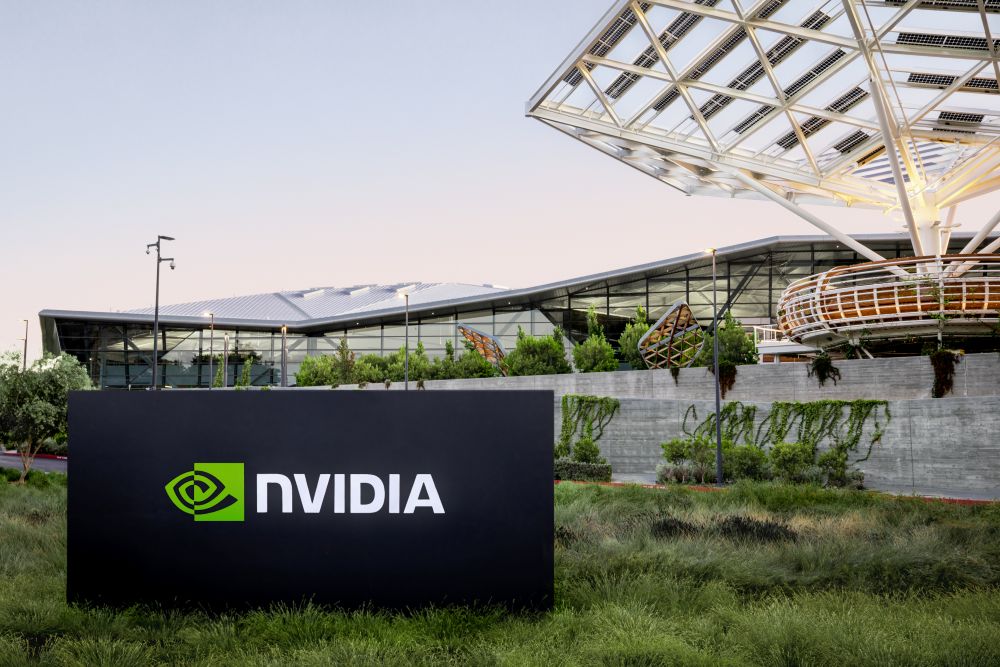
Nvidia, a leading technology company that has recently gained a lot of attention for becoming one of the most valuable companies in the world, will take the place of Intel in the Dow Jones Industrial Average (DJIA).
It’s a huge moment for the US chipmaker. It has seen an explosion in growth as demand for computing power continues to climb, driven by artificial intelligence (AI) taking the world by storm. It’s no longer just a Graphics Processing Unit (GPU) supplier, it’s at the forefront of powering our AI future. It’s become the gold standard for GPUs in the AI sector.
The company’s GPUs are being used by the likes of Meta, Microsoft, AWS, and Google in powering and handling complex, power-hungry, AI tasks that need processors capable of going through incredibly vast amounts of data.
Companies are pouring billions into improving their AI offerings, and that can’t be done without the computing resources that the likes of Nvidia can offer.
And the data supports this. Demand for Nvidia GPUs has gone through the roof. In the second quarter of fiscal year 2025, ending on July 28, 2024, Nvidia posted record quarterly revenue of $30.0 billion, up 15% from the previous quarter and a 122% increase year-over-year.
Nvidia’s Strategic Moves: Stock Split and Dow Inclusion
The company has also made a slew of decisions to attract investors. Last year, the company carried out a stock split. While the stock split didn’t increase the overall value of Nvidia, the decision made it a good fit for the DJIA.
The DJIA has a tendency to focus on the price of shares rather than a company’s overall growth. Interest from investors has skyrocketed, evident by the more than 160% increase in its share price year-to-date.
How does Dow Jones choose new companies to replace?
The DJIA, one of the most followed stock market indexes globally, represents the largest and most significant U.S. companies.
It’s an index of 30 different companies, selected by experts at S&P Dow Jones Indices.
It has to adapt and change, according to the performance of public companies, their standing and reputation in the industry, and strong financials.
While changes to the index aren’t very frequent, they do occur. Earlier this year, Walgreens Boots Alliance was replaced by Amazon. In 2020, Salesforce, Amgen, and Honeywell were added to the index, replacing ExxonMobil, Pfier and Raytheon. This shift reflected a move from older energy and pharma companies to cloud computing and biotech.
So, why did Intel lose its place?
Intel’s been a household name for decades. It’s known for its computer processors. However, the company has struggled to keep up with the mounting demand for more powerful computing hardware matching the requirements needed for the growing AI and machine learning sector.
With that said, it’s not much of a surprise that Dow Jones decided to replace Intel with Nvidia.
